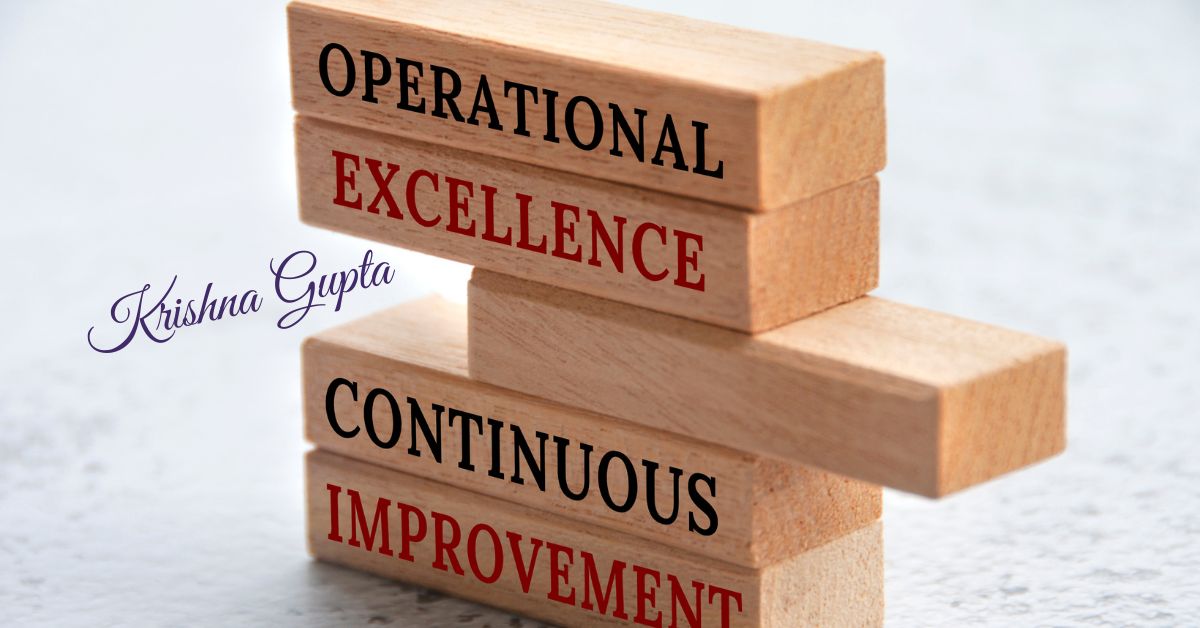Conquering Cyber Threats: How Continuous Improvement Can Revolutionise Your VAPT Approach
As C-Suite, the weight of cybersecurity risks sits heavy on our shoulders. Data breaches, ransomware attacks, and system outages can cripple our businesses, erode customer trust, and haemorrhage profits. We invest in firewalls, antivirus software, and security teams, but are we doing enough?
The answer lies in a powerful philosophy from the manufacturing world: Kaizen. This Japanese concept, meaning “continuous improvement,” holds immense potential for revolutionising your Vulnerability Assessment and Penetration Testing (VAPT) approach. Here’s how the ten principles of Kaizen can transform your VAPT program from a reactive measure to a proactive shield against cyber threats:
1. Start with the “Genchi Genbutsu” Rule: Don’t rely solely on reports. Talk to your IT teams, observe user behaviour, and understand the realities of your digital landscape. This firsthand perspective uncovers hidden vulnerabilities that reports might miss.
Imagine a scenario where a security report highlights a potential weakness in your access control system. But by talking to IT staff and observing user habits through Genchi Genbutsu, you discover a more critical issue: employees routinely prop doors open, negating the access control system’s effectiveness altogether.
2. Question Everything: Don’t accept the status quo. Challenge traditional VAPT methodologies and ask “why” regarding security protocols. Are penetration tests mimicking real-world attack vectors specific to your industry and operations?
A social engineering test that targets generic weaknesses might miss the mark entirely. By questioning the status quo and tailoring your VAPT scenarios to your business context, you identify the chinks in your armour that cybercriminals are most likely to exploit.
3. Focus on Data-Driven Decisions: Move beyond guesswork. Leverage VAPT results and threat intelligence to prioritise remediation efforts. Focus on vulnerabilities that pose the most prominent business risks based on accurate data, not just theoretical possibilities.
Think of it this way: patching a critical vulnerability in your e-commerce platform that could lead to a data breach is far more crucial than addressing a low-risk issue in a rarely used internal system. Data empowers you to make informed decisions that maximise your security ROI.
4. Fix Mistakes Immediately: Don’t let vulnerabilities linger. Prompt remediation is essential. The longer a vulnerability remains unaddressed, the greater the chance it will be exploited.
A recent data breach targeting a healthcare provider illustrates this perfectly. Hackers gained access through an unpatched vulnerability that had been flagged months earlier. Swift action is critical to prevent vulnerabilities from becoming catastrophic breaches.
5. Small Improvements are Better Than No Improvements: Don’t wait for a complete security overhaul. Focus on minor, achievable improvements identified through VAPTs. Even incremental advancements strengthen your security posture.
Imagine a VAPT identifies dozens of vulnerabilities. Feeling overwhelmed, you might be tempted to delay remediation. The Kaizen approach encourages prioritising the top 5 most critical vulnerabilities and patching them swiftly. These small wins build momentum and create a culture of continuous security improvement.

6. Use the “5 Whys” Technique: Don’t settle for surface-level fixes. Get to the root cause of vulnerabilities through the “5 Whys” technique. This helps identify underlying weaknesses in processes or security protocols.
For instance, a VAPT might uncover weak passwords. But by asking “why” five times, you might discover the root cause is a cumbersome password reset process that discourages employees from creating strong passwords. Addressing the root cause leads to a more sustainable security solution.
7. Prioritise Creativity and Ingenuity: Don’t get bogged down by resource constraints. Think creatively to address vulnerabilities. Can existing tools be repurposed for enhanced security?
A VAPT might identify a security gap in your mobile application. Instead of developing a whole new security solution, consider integrating multi-factor authentication using existing tools to address the vulnerability effectively.
8. Value Teamwork and Collaboration: Break down silos—Foster collaboration between your IT security teams and business units. Everyone plays a role in cybersecurity.
A VAPT report might highlight a phishing susceptibility among employees. Collaboration between IT and HR can lead to targeted security awareness training programs, significantly reducing the risk of successful phishing attacks.
9. Continuous Learning: Stay ahead of the curve. Invest in training for your IT security teams on the latest cyber threats and VAPT methodologies.
Cybercriminals constantly adapt their tactics, and so should your VAPT approach. By continuously learning and up-skilling your security teams, you ensure your VAPT program remains effective against evolving threats.
10. Make Continuous Improvement a Habit: Don’t view VAPT as a one-time event. Integrate Kaizen principles into your overall cybersecurity strategy.